Celtic mythology is a captivating realm filled with ancient legends and heroic figures that continue to mesmerize us. Step into a world where gods and warriors coexist, where mystical creatures roam the land, and where bravery and honor are celebrated. In this article, we will delve into the extraordinary tales of Celtic mythology, exploring the intricate pantheon of the Tuatha Dé Danann, the fierce Morrígan, and the enigmatic Cernunnos. We will also uncover the exploits of legendary warriors like Cú Chulainn, Fionn mac Cumhaill, and Boudicca. Discover the fables of the Banshee, the Selkies, and the mischievous Púca. Lastly, we will journey to the mythical land of Tír na nÓg, a place of eternal youth and beauty. Brace yourself for a captivating adventure that will transport you to a world of wonder and enchantment.
Contents
- The Celtic Pantheon
- Legendary Warriors
- Fables and Creatures
- The Land of Tír na nÓg
- Conclusion
- Frequently Asked Questions
- References
-
Frequently Asked Questions
- 1. Who were the Tuatha Dé Danann?
- 2. What role did the Morrígan play in Celtic mythology?
- 3. Who is Cernunnos and what is his significance in Celtic mythology?
- 4. What is the story of Cú Chulainn?
- 5. Who was Fionn mac Cumhaill?
- 6. What is the significance of Boudicca in Celtic mythology?
- 7. What is the legend of the Banshee?
- 8. What are Selkies and their significance in Celtic folklore?
- 9. What is the Púca known for in Celtic mythology?
- 10. What is Tír na nÓg, the Land of Eternal Youth?
- References
- Read More
The Celtic Pantheon
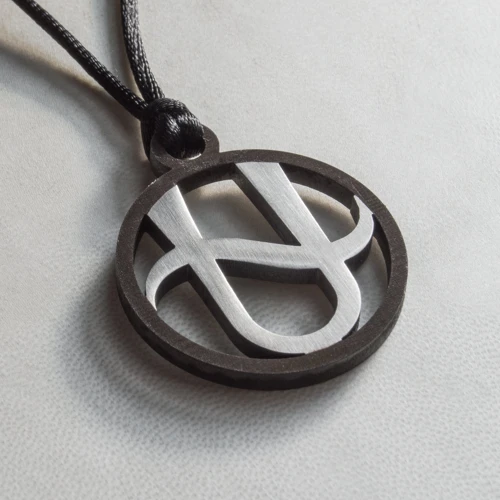
The Celtic Pantheon is a rich tapestry of gods and goddesses that form the foundation of Celtic mythology. At the heart of this divine ensemble are the Tuatha Dé Danann, a group of powerful beings believed to be the divine ancestors of the Celtic people. Each deity brings their unique attributes and strengths, contributing to the intricate web of Celtic cosmology. One prominent figure is the Morrígan, a goddess associated with battle, sovereignty, and prophecy. Another revered entity is Cernunnos, the horned god of fertility, wildlife, and the underworld. The beauty of Celtic mythology lies in the diversity and interconnectedness of these divine beings, each symbolizing different facets of human existence. Explore the depths of this ancient pantheon and uncover the profound symbolism and wisdom that continues to inspire and captivate us today.
The Tuatha Dé Danann
The Tuatha Dé Danann holds a prominent place in Celtic mythology, representing a divine race of beings believed to have ruled over Ireland in ancient times. Translated as “the people of the goddess Dana,” they were revered as wise and powerful entities with a deep connection to the spiritual realm. Legends speak of their arrival in Ireland on dark clouds, bringing with them a host of magical artifacts and treasures. They possessed incredible skills in magic, poetry, and craftsmanship, and were known for their close ties to nature and the supernatural. The Tuatha Dé Danann included revered figures such as Dagda, the father god known for his wisdom and prowess in battle, and Brigid, the goddess of fire, poetry, and divine healing. Despite their immense power, the Tuatha Dé Danann were not immortal and eventually withdrew to the Otherworld, leaving the mortal realm in the hands of the Milesians. Today, the legacy of the Tuatha Dé Danann endures, captivating our imaginations and reminding us of the profound beauty and mystical nature of Celtic mythology.
The Morrígan
The Morrígan is a fascinating figure in Celtic mythology, revered as a goddess associated with battle, strife, and sovereignty. Often depicted as a shape-shifter, she has the ability to transform into various forms, including that of a crow, which signifies her strong connection to the realm of war. As a goddess of battle, the Morrígan is known to appear on the battlefield to shape the outcome of conflicts and to inspire warriors with her presence. She is often seen as a harbinger of death, foretelling the fate of warriors in battle. The Morrígan is also believed to possess great prophetic abilities, offering glimpses of the future to those who seek her guidance.
In Celtic mythology, the Morrígan is associated with power and dominance, embodying the fierce and relentless nature of war. She is a symbol of strength, courage, and determination, inspiring warriors to fight bravely and helping shape the fate of kingdoms. Despite her association with war, the Morrígan also symbolizes sovereignty, representing the power and authority of rulers. This dual nature highlights the complexity of her character and the multiple roles she plays within the pantheon.
It is worth noting that the Morrígan is not a solitary figure but rather a triad, often referred to as the “Morrígna” or the “Three Morrígna.” This triad consists of the Badb, the Macha, and the Nemain, each embodying different aspects of battle and sovereignty. Together, they form a formidable force within the Celtic mythology, representing the complexities and mysteries of war and leadership.
The Morrígan’s significance extends beyond mythology into modern times, where she continues to inspire artists, writers, and individuals who connect with her fierce and powerful energy. Her stories and tales remind us of the strength and resilience that lie within, urging us to confront challenges head-on and embrace our own inner warrior spirit.
(For more information on Celtic mythology and its connection to broader holistic healing practices, you can explore our article on Astrology and Holistic Healing.)
Cernunnos
Cernunnos is an intriguing figure in Celtic mythology, often depicted as a horned deity associated with fertility, wildlife, and the underworld. He represents the deep connection between humans and nature, embodying the untamed wildness of the natural world. Cernunnos is often depicted with antlers, symbolizing his connection to the animal kingdom and his role as a guardian and protector of animals. This imagery highlights the reverence the Celts held for nature and their belief in the interconnectedness of all living beings.
One of the most iconic representations of Cernunnos is the Gundestrup Cauldron, a magnificent artifact discovered in Denmark. This cauldron depicts Cernunnos seated cross-legged, surrounded by various animals and holding torcs in his hands. The torcs symbolize power and wealth, further emphasizing his role as a deity associated with abundance and prosperity.
In Celtic artwork and mythology, Cernunnos is often associated with the concept of the Green Man, a symbol of rebirth and renewal. This connection reinforces his role as a deity associated with the cycles of nature, highlighting the Celtic belief in the cyclical nature of life and death.
It is important to note that Cernunnos predates the influence of Christianity and is not explicitly mentioned in ancient Celtic texts. Despite this, his image and symbolism have persisted throughout history, representing the Celtic reverence for nature and the divine forces that govern the world.
To delve deeper into the symbolism of nature in Celtic culture, you can explore the article on symbolism in water cultures. However, it’s crucial to approach Cernunnos with an understanding that much of his mythology has been reconstructed over time and may include elements influenced by modern interpretations and popular culture rather than authentic ancient sources or beliefs.
Legendary Warriors
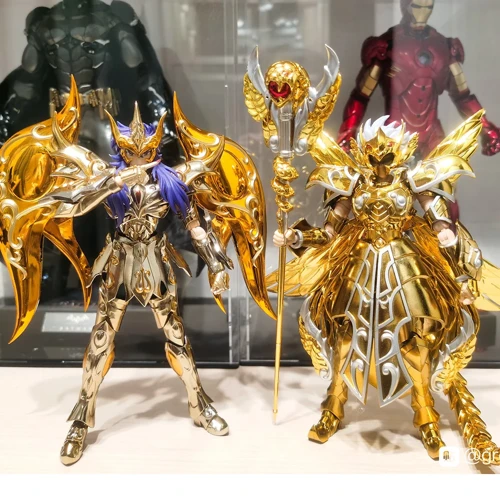
In the realm of Celtic mythology, the legends of brave and valiant warriors are etched in history. One such legendary figure is Cú Chulainn, known as the Hound of Ulster. Renowned for his exceptional strength and prowess, he possessed a fierce battle rage known as the “ríastrad,” which transformed him into an unstoppable force on the battlefield. Another revered warrior is Fionn mac Cumhaill, the leader of the Fianna, a band of noble warriors. Not only was Fionn a formidable fighter, but he was also known for his wisdom and poetry. And then there is Boudicca, the warrior queen who fearlessly led her tribe, the Iceni, in a rebellion against Roman rule. These legendary warriors embody the spirit of bravery, honor, and resilience, inspiring us to embrace our own inner strength. They remind us that even in the face of adversity, it is possible to rise above and make a lasting impact.
Cú Chulainn: The Hound of Ulster
Cú Chulainn, known as the Hound of Ulster, is one of the most renowned warriors in Celtic mythology. Born as Setanta, he earned his legendary name by single-handedly defending Ulster against the forces of Queen Medb of Connacht. This mighty hero possesses incredible strength, agility, and unmatched combat skills. But his true power lies in his battle frenzy, known as the “ríastrad,” where his body becomes contorted and his eyes blaze with a fierce intensity. Cú Chulainn’s most famous tale is the Táin Bó Cúailnge, or the Cattle Raid of Cooley, where he defends his homeland from the Connacht army. Despite being vastly outnumbered, he dispatches wave after wave of enemy warriors. However, Cú Chulainn’s life is not without tragedy. Betrayed by his own people, he meets his demise in the form of a supernatural spear. Even in death, his legacy endures, and he remains an emblem of bravery and heroism. Explore the captivating exploits of Cú Chulainn, the legendary Hound of Ulster, and unravel the timeless lessons embedded within his extraordinary tales.
Fionn mac Cumhaill: The Leader of the Fianna
Fionn mac Cumhaill, also known as Finn McCool, is a legendary figure in Celtic mythology and is celebrated as the leader of the Fianna, a renowned group of warriors. Born with a supernatural wisdom and the ability to gain knowledge by simply placing his thumb in his mouth, Fionn possessed extraordinary skills and knowledge that made him a formidable leader. He was known for his exceptional strength and bravery in battle, as well as his great hunting and tracking abilities. One of his most famous exploits was the defeat of the fire-breathing giant, Aillen, who terrorized the Hill of Tara every year. Fionn’s leadership of the Fianna was characterized by his adherence to a strict code of honor and justice, earning him the respect and loyalty of his warriors. Despite facing numerous trials and challenges throughout his life, Fionn remained a symbol of courage and resilience. Today, his stories continue to inspire and captivate, reminding us of the extraordinary feats achieved by this legendary leader of the Fianna. Visit [myths-misconceptions-ophiuchus/] to explore more fascinating mythological tales.
Boudicca: The Warrior Queen
Boudicca, also known as Boadicea, is a legendary figure in Celtic mythology and a symbol of fierce resistance and indomitable spirit. As the queen of the Iceni tribe in ancient Britain, she led a rebellion against the Roman Empire in AD 60 or 61. Boudicca’s story is one of courage and determination in the face of oppression. After her husband’s death, the Romans attempted to seize her lands and subjugate her people. Refusing to succumb to their rule, Boudicca rallied her forces and waged a relentless war against the invaders. With a fervent desire for revenge and freedom, she united various Celtic tribes in a formidable alliance, launching brutal attacks on Roman settlements throughout Britannia. Boudicca’s leadership inspired her warriors, who fought ferociously alongside her. Though ultimately defeated by the superior military might of the Romans, Boudicca’s defiance left an indelible mark on history and her legacy as a warrior queen endures to this day. Her story serves as a reminder of the strength and resilience found within the Celtic heritage and the ongoing struggle for freedom and independence.
Fables and Creatures
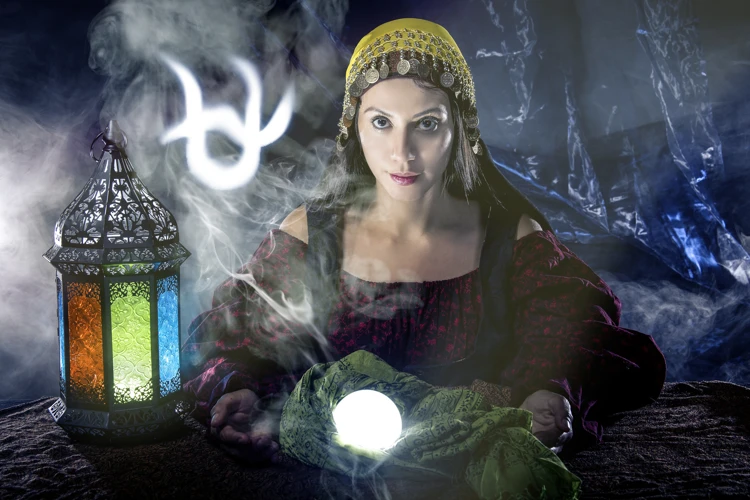
Embark on a journey into the realm of Celtic mythology, where fables and creatures abound in equal measure. One such enigmatic being is the Banshee, a harbinger of death and a symbol of mourning and foreboding. This ethereal figure, oftentimes depicted as a wailing woman, serves as a connection between the mortal realm and the spirit world. Another captivating creature is the Selkies, shapeshifting seals that can shed their skins and assume human form. These enchanting beings are found in Celtic folklore, captivating the hearts and imaginations of those who hear their tales. And let us not forget the mischievous Púca, a playful shapechanger who can take the form of various animals and often enjoys bewildering and teasing unsuspecting humans. These fables and creatures bring an air of mystique and wonder to the world of Celtic mythology, inviting us to immerse ourselves in the rich tapestry of legends and explore their deeper meanings.
The Banshee: Harbinger of Death
The Banshee, known as the Harbinger of Death, is a haunting figure deeply entrenched in Celtic folklore. This spectral being, often depicted as a veiled woman with long, flowing hair, is believed to appear to those whose impending demise is imminent. Legend has it that the Banshee emits a mournful, piercing cry, which acts as a forewarning of a loved one’s impending passing. It is said that this eerie wail can send shivers down one’s spine and echoes through the night, striking fear into the hearts of those who hear it. While the Banshee is primarily associated with death, she is not an entity of malevolence, but a messenger of fate. In Celtic tradition, the cry of the Banshee is to be both feared and respected, serving as a reminder of the inevitable cycle of life and death. The origins of the Banshee are steeped in mythology, intertwining with tales of ancient Irish clans and their bloodlines. Although her presence is shrouded in mystery and sorrow, the Banshee serves as a poignant reminder of the transient nature of human existence and the enduring power of Celtic folklore.
The Selkies: Shapeshifting Seals
The Selkies, also known as the “seal people,” are mythical creatures steeped in Celtic folklore. These intriguing beings are said to possess the ability to shapeshift between human form and that of a seal. According to legend, Selkies live as seals in the ocean but shed their skin, revealing their true human form when they come ashore. It is believed that they possess magical selkie skins which enable them to transform at will. These enchanting creatures are often described as alluring and graceful, captivating the hearts of those who encounter them. Tales of romantic encounters between humans and Selkies abound, with stories of love, loss, and longing. However, capturing a Selkie’s skin is considered taboo, as it binds them to the human world and robs them of their freedom. In many tales, if a Selkie finds their stolen skin, they will instantly return to the sea, leaving their human love behind. The stories of the Selkies serve as a reminder of the delicate balance between the human and natural worlds. They embody the mystery and allure of the sea, captivating our imagination and reminding us of the connection between land and water.
The Púca: Mischievous Shapechanger
The Púca is a fascinating creature from Celtic mythology known for its mischievous and unpredictable nature. This shape-shifting entity often takes the form of a horse, goat, or hare, and is said to roam the Irish countryside, particularly during Samhain, the Celtic festival marking the end of the harvest season. It has the ability to speak with a human voice and is known to either lead people astray or offer them great fortune. Legend has it that those brave enough to ride the Púca’s back will be taken on a wild and exhilarating journey, but they must beware, for the Púca is known for its unpredictable nature. In some stories, the Púca is seen as a trickster, playing pranks and causing chaos, while in others, it is portrayed as a guardian, protecting livestock and farmland from harm. This enigmatic creature embodies the duality of Celtic mythology, symbolizing both the light and dark aspects of life. Its presence brings a sense of mystery and excitement, keeping the spirit of folklore alive in the hearts of those captivated by its tales.
The Land of Tír na nÓg
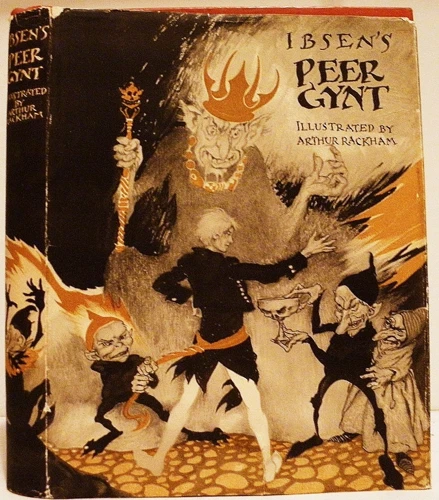
Tír na nÓg, which translates to “Land of the Young,” is a mythical realm in Celtic mythology. It is a place of eternal youth, beauty, and abundance. In this magical land, time moves differently, and those who enter Tír na nÓg do not age or suffer the ravages of time. Legends tell of brave warriors and heroes who ventured into this enchanting realm, seeking adventure or solace. Tír na nÓg is often associated with the sea and is said to be accessed through misty coastal areas or ancient burial mounds. In some tales, the land is described as an otherworldly island, filled with lush landscapes, vibrant colors, and harmonious melodies that intoxicate the senses. The inhabitants of Tír na nÓg are said to possess great wisdom and possess knowledge of secrets that can bestow great power and enlightenment. The allure of Tír na nÓg lies in its promises of everlasting bliss and the chance to escape the mortality of the human world. While this mythical land may seem like a paradise, it also serves as a reminder of the fleeting nature of life and the yearning for eternal youth and immortality. Even though Tír na nÓg exists beyond the reach of mortals, its tales continue to inspire and ignite our imaginations, reminding us of the enduring human desire for a utopian existence.
Conclusion
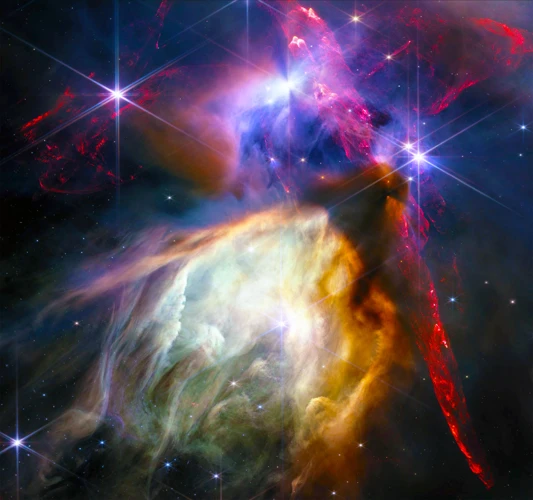
In conclusion, exploring the legends and heroes of Celtic mythology opens a gateway to a world of imagination and wonder. The rich tapestry of gods, warriors, fables, and creatures that inhabit this ancient lore continues to captivate and inspire. From the noble warriors like Cú Chulainn, Fionn mac Cumhaill, and Boudicca, to the mystical Banshee, Selkies, and mischievous Púca, Celtic mythology offers a diverse range of characters and stories that reflect the depth of Celtic culture and beliefs. The land of Tír na nÓg, a mythical realm of eternal youth and beauty, adds an air of mysticism to the tales. By immersing ourselves in these legends, we gain insights into the values and ideals cherished by the Celtic people, such as bravery, honor, and a deep reverence for nature. So, let us continue to delve into the captivating world of Celtic mythology and celebrate the enduring legacy of these enchanting tales.
Frequently Asked Questions
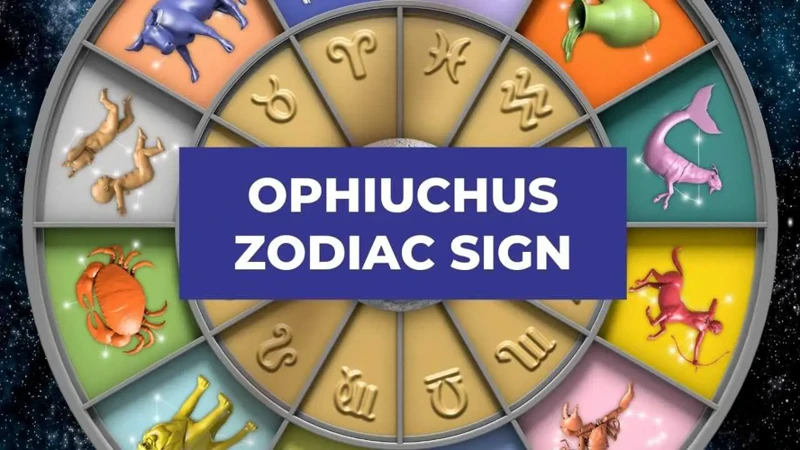
Who were the Tuatha Dé Danann?
The Tuatha Dé Danann were a group of powerful gods and goddesses in Celtic mythology. They were believed to be the divine ancestors of the Celtic people, possessing extraordinary abilities and wisdom.
What role did the Morrígan play in Celtic mythology?
The Morrígan was a goddess associated with battle, sovereignty, and prophecy. She often took the form of a crow or raven and played a key role in shaping the destiny of warriors and kings.
What is Cernunnos known for?
Cernunnos, often depicted as a horned god, is associated with fertility, wildlife, and the underworld. He is a symbol of abundance, primal power, and the cyclical nature of life and death.
Who was Cú Chulainn?
Cú Chulainn, also known as the Hound of Ulster, was a legendary warrior in Celtic mythology. He possessed incredible strength, bravery, and battle prowess, and his stories are filled with thrilling feats and heroic adventures.
Who was Fionn mac Cumhaill?
Fionn mac Cumhaill, the leader of the Fianna, was a legendary figure in Irish mythology. He was known for his wisdom, bravery, and connection to the mystical world. His stories often revolve around his exploits and quest for knowledge and justice.
Who was Boudicca?
Boudicca, also known as the Warrior Queen, was an iconic figure in Celtic history. She led a rebellion against Roman rule in Britain, displaying fierce determination and inspiring her people to fight for their freedom.
What is the Banshee?
The Banshee is a mythical creature in Celtic folklore, often portrayed as a harbinger of death. She appears as a female spirit wailing or screaming, foretelling the imminent passing of an individual or a tragedy that is about to occur.
What are Selkies?
Selkies are shapeshifting creatures from Celtic mythology that are said to inhabit the sea. They are believed to be seals that can shed their skin and transform into human form. These enchanting beings are often associated with stories of love, loss, and longing.
What is the Púca?
The Púca is a mischievous shapeshifter found in Celtic folklore. It can take on various forms, such as a horse, a black dog, or a hare. The Púca is known for its playful pranks and unpredictable nature.
What is Tír na nÓg?
Tír na nÓg, meaning “Land of the Young” in Celtic mythology, is a mythical realm that is said to exist beyond the mortal world. It represents a place of eternal youth, beauty, and joy, often appearing in tales as a realm of enchantment and mystery.
References
Frequently Asked Questions

1. Who were the Tuatha Dé Danann?
The Tuatha Dé Danann were a powerful race of deities in Celtic mythology. They were believed to be the original inhabitants of Ireland and were associated with various supernatural abilities and magical powers.
2. What role did the Morrígan play in Celtic mythology?
The Morrígan was a goddess associated with war, fate, and prophecy. She often took the form of a crow and was known to inspire fear and serve as a symbol of imminent death on the battlefield.
3. Who is Cernunnos and what is his significance in Celtic mythology?
Cernunnos is a deity often depicted as a horned god or a hunter in Celtic mythology. He is associated with nature, fertility, and the wilderness. Cernunnos is considered a symbol of abundance and vitality.
4. What is the story of Cú Chulainn?
Cú Chulainn, also known as the Hound of Ulster, was a legendary warrior in Celtic mythology. He possessed superhuman strength and was known for his skill in combat. The story of Cú Chulainn is filled with epic battles and tragic events.
5. Who was Fionn mac Cumhaill?
Fionn mac Cumhaill, also known as Finn McCool, was the leader of the Fianna, a legendary group of warriors in Celtic mythology. He was known for his wisdom, bravery, and his ability to hunt down supernatural creatures.
6. What is the significance of Boudicca in Celtic mythology?
Boudicca, also known as the Warrior Queen, was a Celtic leader who led a rebellion against the Roman Empire in Britain. She symbolizes courage, defiance, and the determination to fight for freedom.
7. What is the legend of the Banshee?
The Banshee is a female spirit in Celtic mythology that is believed to be a harbinger of death. Her wailing cry is said to foretell the imminent passing of someone. The Banshee is often described as a beautiful yet chilling figure.
8. What are Selkies and their significance in Celtic folklore?
Selkies are mythical creatures found in Celtic folklore, often depicted as seals that can shed their skins and take human form. Their stories symbolize the boundary between the human world and the magical realm of the sea.
9. What is the Púca known for in Celtic mythology?
The Púca is a mischievous shapechanger in Celtic mythology. It takes the form of various animals, such as a horse, goat, or hare, and is known to play tricks on humans. The Púca can be both helpful and unpredictable.
10. What is Tír na nÓg, the Land of Eternal Youth?
Tír na nÓg is a mythical realm in Celtic mythology, often referred to as the Land of Eternal Youth. It is a place of beauty and happiness, where time stands still and its inhabitants never age. Tír na nÓg is often associated with immortality and the afterlife.
References
- Who Is the Greatest Hero in Irish Mythology? Cú Chulainn vs …
- Irish Mythology: 12 Mighty Myths For 2023 (Enjoy)






